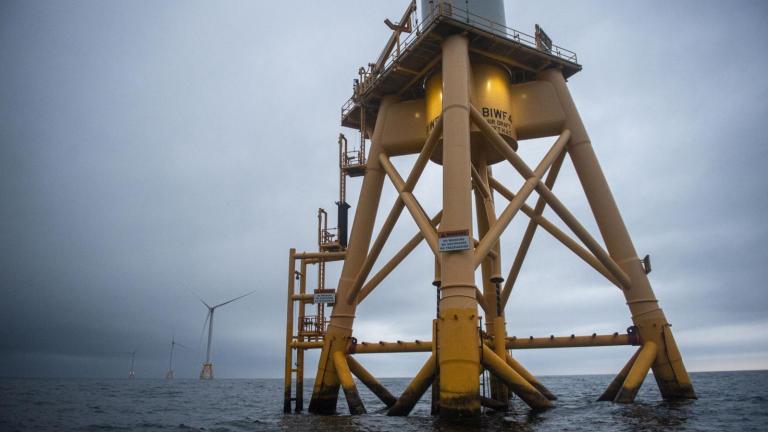
Fossil fuel-derived emissions, that is. Ahem.
So… some of the coverage of COP28, when it’s not debating whether science supports eliminating all fossil fuels, has of course focused on our latest and shiniest of objects, AI.
Artificial intelligence has been a breakout star in the opening days of COP28, the United Nations climate summit in Dubai, United Arab Emirates. Entrepreneurs and researchers have dazzled attendees with predictions that the fast-improving technology could accelerate the world’s efforts to combat climate change and adapt to rising temperatures.
But they have also voiced worries about A.I.’s potential to devour energy, and harm humans and the planet.
We should just go with ‘machine learning’ but that train has apparently left the barn, been sold for parts and reassembled as an uncanny train. But there is a direct conflict with using inordinate computer power to push giant algorithms to solve immense problems, namely the word ‘power.’
Leaders at the companies developing A.I. technology have already cautioned that it could someday pose a risk of extinction to humanity, on par with nuclear war. Researchers at COP28 have focused on a different risk — that the computing power required to run advanced A.I. could be enormous. That electricity appetite could send emissions soaring and make climate change worse.
A peer-reviewed analysis published in October estimated that A.I. systems worldwide could use as much energy in 2027 as all of Sweden. That would almost certainly add to emissions, even though countries are lagging on their pledges to cut them. (A Boston Consulting Group study for Google also noted that powering A.I. would quite likely require vast quantities of water and produce an increasing amount of waste.)
So, here’s your query, Alexa/Google/Siri: if super-computing will require all of the energy we produce – what is energy or super-computing for?
Image: remember Fantastic Contraption?




